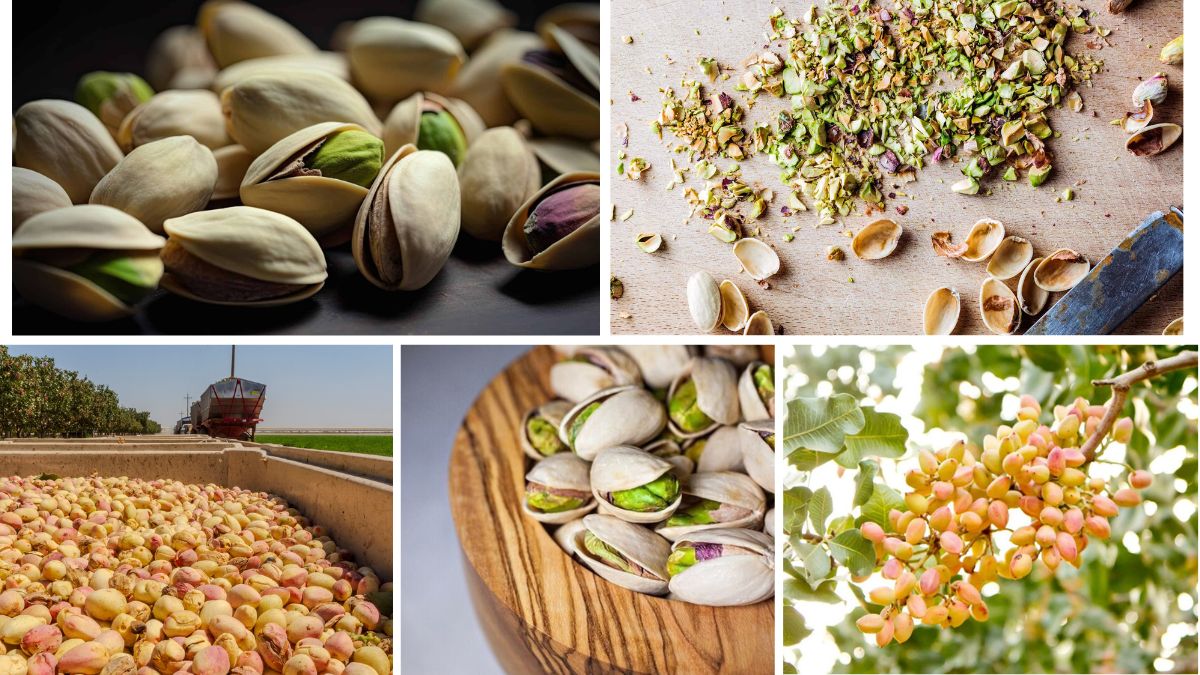Pistachios, with their unique flavor, vibrant green hue, and impressive nutritional value, have carved out a special place in both culinary traditions and the global agricultural economy. From festive desserts to healthy snacks, pistachios are in high demand worldwide. But have you ever wondered which country grows the most pistachios?
This article explores the top pistachio-producing nations, the history of cultivation, economic significance, and future trends—ultimately revealing which country truly holds the crown in pistachio farming.
1. Understanding the Pistachio: A Global Delicacy
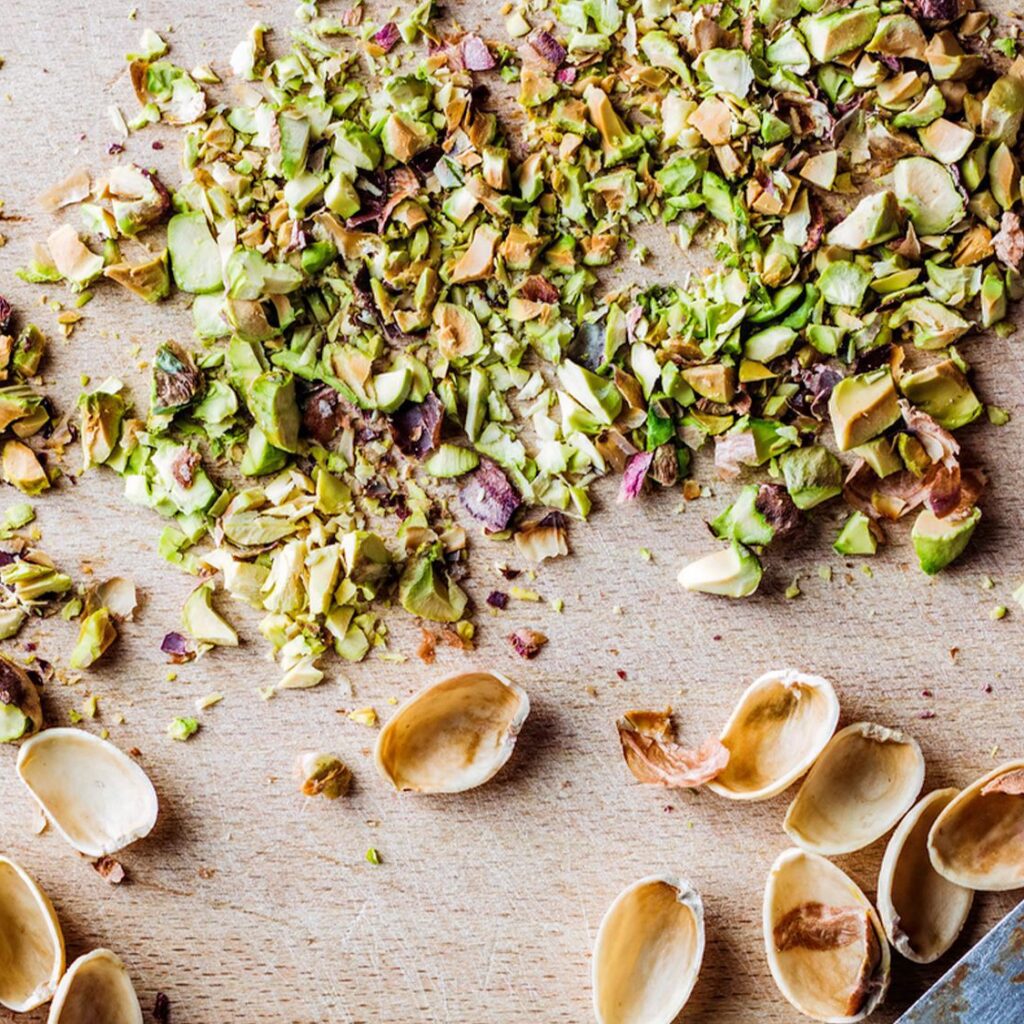
Pistachios (Pistacia vera) are one of the oldest cultivated nuts, with origins tracing back over 3,000 years to regions of the Middle East and Central Asia. Known as the “green gold,” pistachios are prized for:
- Rich taste – slightly sweet, buttery, and nutty
- Nutritional benefits – high in protein, fiber, healthy fats, and antioxidants
- Cultural symbolism – often associated with hospitality and prosperity in many countries
Today, pistachio farming spans continents, but production is highly concentrated in just a few key nations.
2. Global Pistachio Production Overview
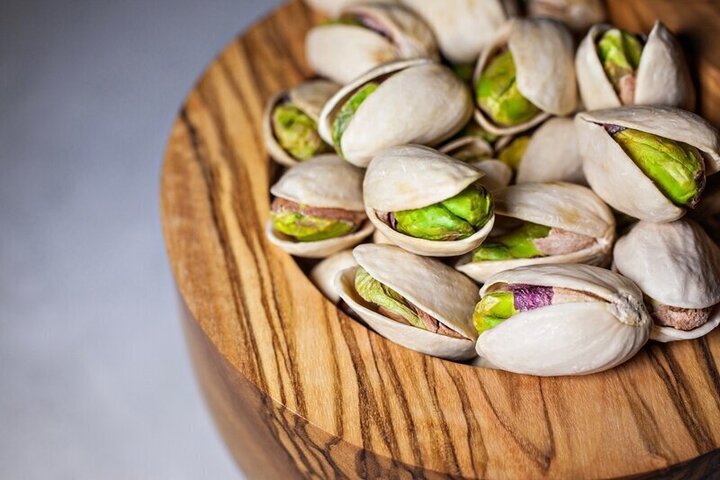
While pistachios are grown in many countries, the majority of the world’s supply comes from Iran, the United States, and Turkey—with a few others contributing smaller quantities such as Syria, Greece, and Italy.
According to recent FAO and International Nut and Dried Fruit Council (INC) data:
- Global production fluctuates between 900,000 to 1.2 million metric tons annually (in-shell weight).
- Two countries—Iran and the USA—together account for over 70–80% of the world’s total pistachio production.
3. The Top Pistachio Growers in the World
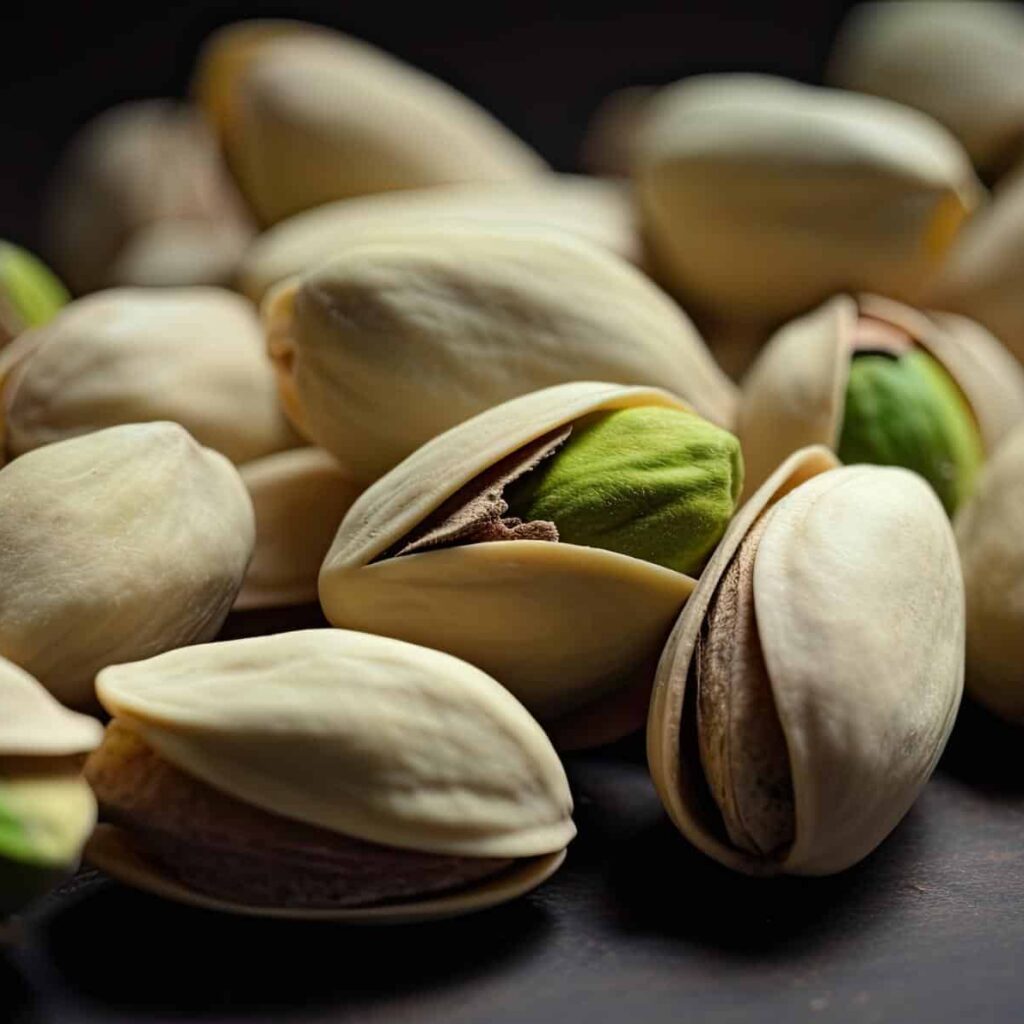
1. Iran – The Historic Leader
For centuries, Iran has been the world’s leading pistachio producer, often referred to as the birthplace of modern pistachio cultivation.
Key Facts:
- Annual Production: ~400,000–500,000 metric tons (varies yearly based on climate and harvest)
- Major Growing Regions: Kerman, Khorasan, Yazd, Semnan
- Export Value: Billions of USD annually
- Specialty Varieties: Fandoghi (round), Kalleh Ghouchi (jumbo), and Akbari (long)
Iran’s pistachios are renowned for their superior taste, high oil content, and distinctive green kernel color. Despite facing challenges like water scarcity, sanctions, and trade restrictions, Iran still maintains a strong presence in global markets, especially in Asia, the Middle East, and Europe.
2. United States – The Modern Powerhouse
The U.S., particularly California, has emerged as a dominant pistachio producer in recent decades. American pistachio farming began in the 20th century but experienced rapid growth in the last 30 years.
Key Facts:
- Annual Production: ~400,000–470,000 metric tons
- Major Growing States: California (accounts for ~99% of U.S. pistachios), Arizona, New Mexico
- Specialty Varieties: Kerman, Golden Hills, Lost Hills
- Export Destinations: China, EU countries, India, and the Middle East
California pistachios are known for consistent quality, strict food safety standards, and sustainable farming practices. Due to advanced irrigation systems, mechanized harvesting, and research-backed farming methods, the U.S. has become a strong competitor to Iran.
3. Turkey – The “Antep” Pistachio Pride
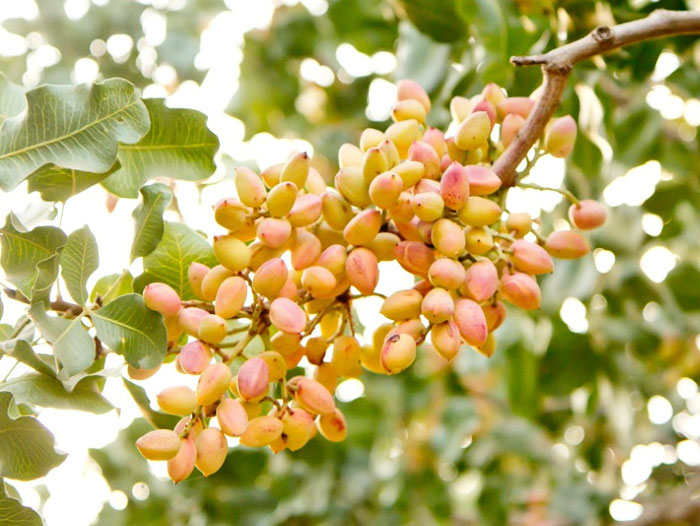
Turkey holds the third position in global pistachio production, famous for its Gaziantep (Antep) pistachio, often considered more flavorful but smaller in size compared to American and Iranian varieties.
Key Facts:
- Annual Production: ~250,000–300,000 metric tons (in high-yield years)
- Major Growing Regions: Gaziantep, Şanlıurfa, Siirt
- Local Use: Predominantly consumed domestically in desserts like baklava, Turkish delight, and ice creams
Unlike the U.S. and Iran, Turkey consumes a large portion of its pistachios locally, with exports focusing mainly on Europe and Middle Eastern neighbors.
Other Notable Producers
- Syria: Once a major exporter, but production has declined due to conflict.
- Greece & Italy: Produce smaller quantities, mostly for local markets.
- China & India: Have growing interest in pistachio farming but still rely heavily on imports.
4. The Largest Pistachio Producer Today
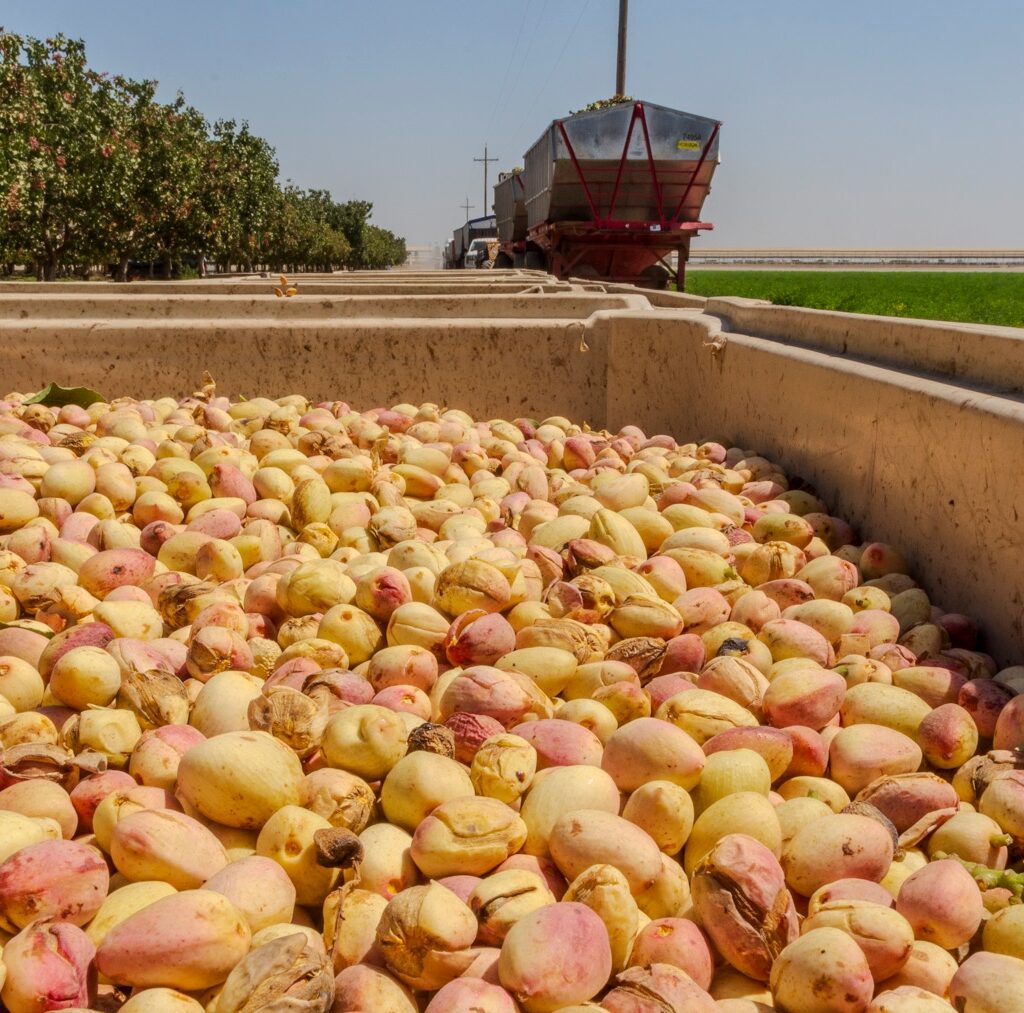
While Iran has historically been the largest pistachio grower, recent years have seen the United States—particularly California—overtake Iran in certain seasons, depending on weather conditions and trade circumstances.
Current Trend (2024-2025 Data):
- USA: Slightly ahead in production volume due to better irrigation infrastructure, fewer drought-related losses, and expanding orchards.
- Iran: Still holds an edge in certain markets due to traditional varieties and unique flavor.
- Conclusion: The title of “largest pistachio grower” alternates between Iran and the U.S., but the U.S. has shown a consistent upward trend, likely solidifying its lead in the coming years.
5. Why These Countries Dominate
Several factors explain why pistachio farming is concentrated in just a handful of nations:
- Climate: Pistachios require long, hot summers and cool winters—conditions found in Iran, California, and parts of Turkey.
- Soil: Sandy-loam soils with good drainage are ideal.
- Experience: Iran and Turkey have centuries of cultivation experience; the U.S. has cutting-edge agricultural technology.
- Market Demand: Established export routes and branding strengthen these countries’ dominance.
6. Economic Impact of Pistachio Farming
Pistachios are among the most profitable nut crops per hectare:
- High Export Value: Premium prices in international markets.
- Job Creation: Supports farming, processing, packaging, and export industries.
- Foreign Exchange Earnings: Significant contribution to agricultural exports for both Iran and the U.S.
7. Challenges Facing Global Pistachio Production
Despite profitability, pistachio farming faces several hurdles:
- Climate Change: Irregular rainfall and extreme heat threaten yields.
- Water Scarcity: Pistachios are drought-tolerant but still require consistent irrigation.
- Pests & Diseases: Navel orangeworm and fungal infections can damage crops.
- Trade Restrictions: Political sanctions and tariffs impact exports.
8. The Future of Pistachio Farming
The global pistachio market is projected to grow steadily, driven by rising health consciousness, demand for plant-based protein, and popularity in gourmet products.
Key trends include:
- Organic Pistachios: Increasing demand in Europe and North America.
- Value-Added Products: Pistachio milk, spreads, and protein powders.
- Sustainable Farming: Water-efficient irrigation and renewable energy use in farms.
Given current trajectories, the U.S. is likely to strengthen its position, while Iran will continue to dominate premium niche markets.
Conclusion
Pistachios have transformed from a regional delicacy into a globally traded agricultural powerhouse. While Iran has been the historic leader, the United States—particularly California—has matched and often surpassed Iran in recent years, thanks to modern farming practices and stable export networks.
In essence, the race for the title of largest pistachio grower is a close competition between tradition and technology—with Iran representing centuries-old heritage and the U.S. showcasing innovation-driven expansion.
No matter where they’re grown, one thing is certain: pistachios will continue to charm taste buds and boost economies worldwide.
